On day 1, the focus was on the technical aspect of the project, with a very important discussion on the specifications and features of the test bench and a agreement on the final design. Université de Liège now will be working on the procurement and the construction of the agreed design so that the laboratory testing can be started.
Partners' meeting in Liège
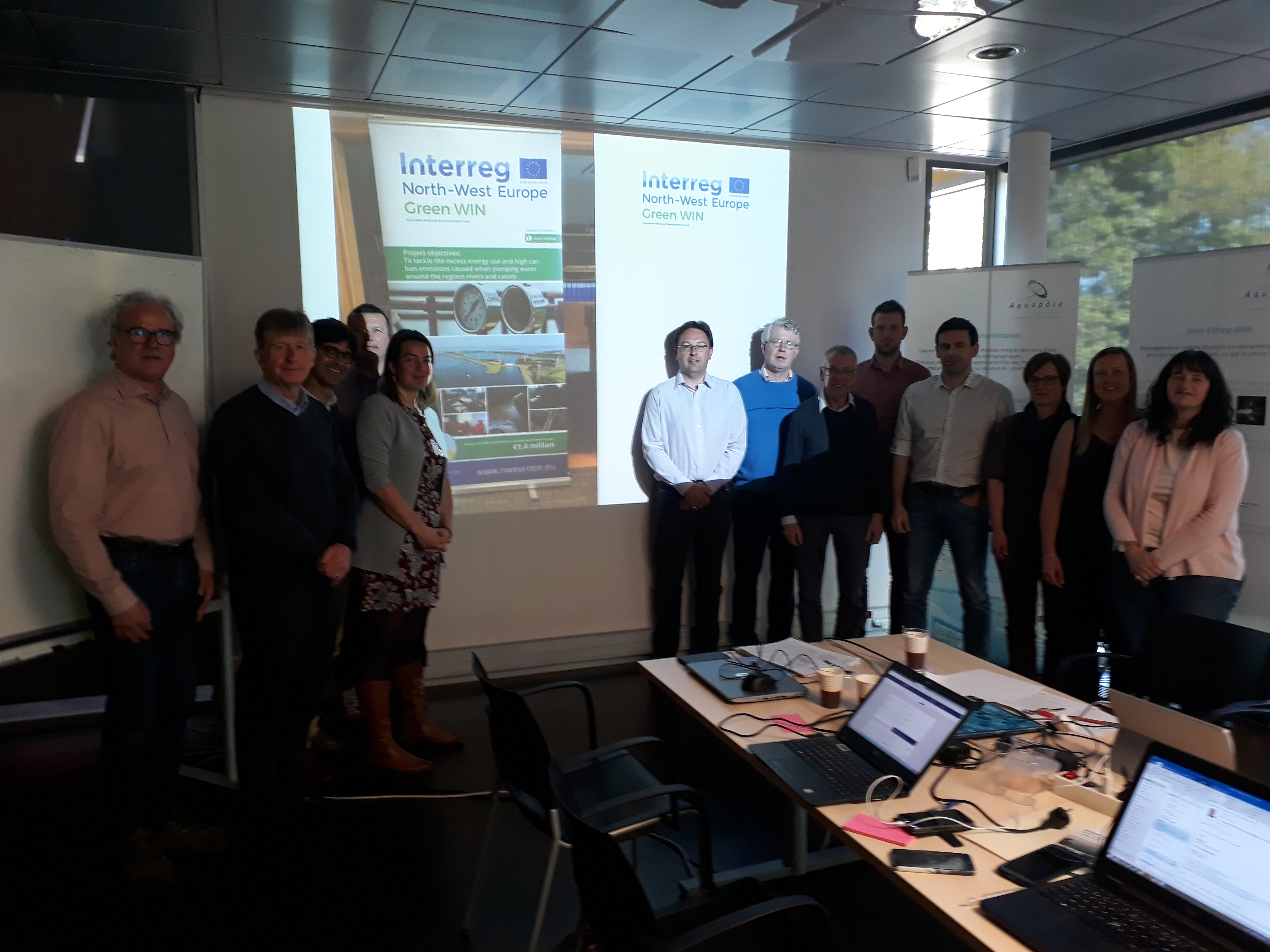
The other technical aspect of the project discussed was the computer modelling of a navigation system. This will be based on the Kennet and Avon canal, a 92 km long canal linking two lengths of navigable river: The Kennet and the Avon . the Canal includes 6 lock flights with 48 Locks in total (from 1 up to 29 locks per flight) as well as 7 pumping stations.
After a quick lunch, all the partners went to tour of Lanaye lock. This massive 225 x 25 m lock, extending over a 14 m drop, connects the Albert Canal and the Meuse river and straddles the border between Belgium and the Netherlands. The lock allows the circulation of convoys of 9,000 t (the equivalent of 430 trucks). It has eight pumps, with a combined power of 4500 KW allowing for 61,200 m³ of water being pumped every hour, as well as five powerful turbines producing a total of 2.3 MW of green energy.
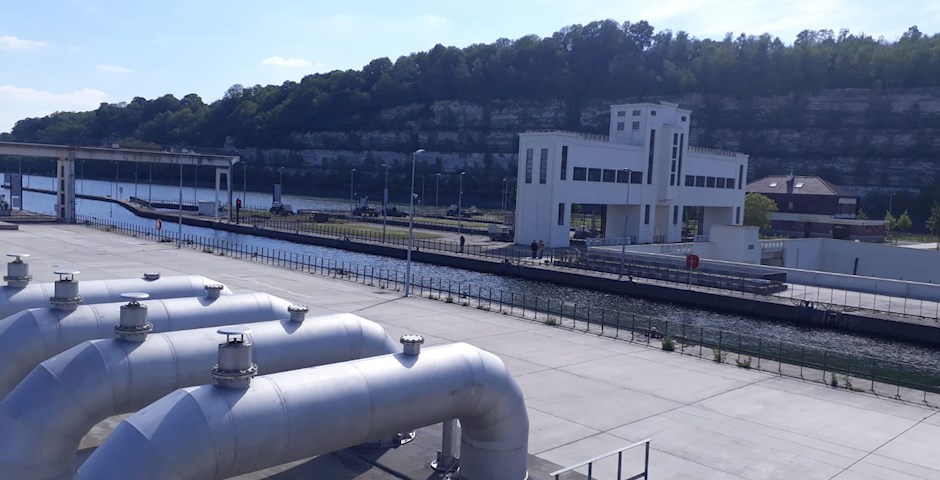
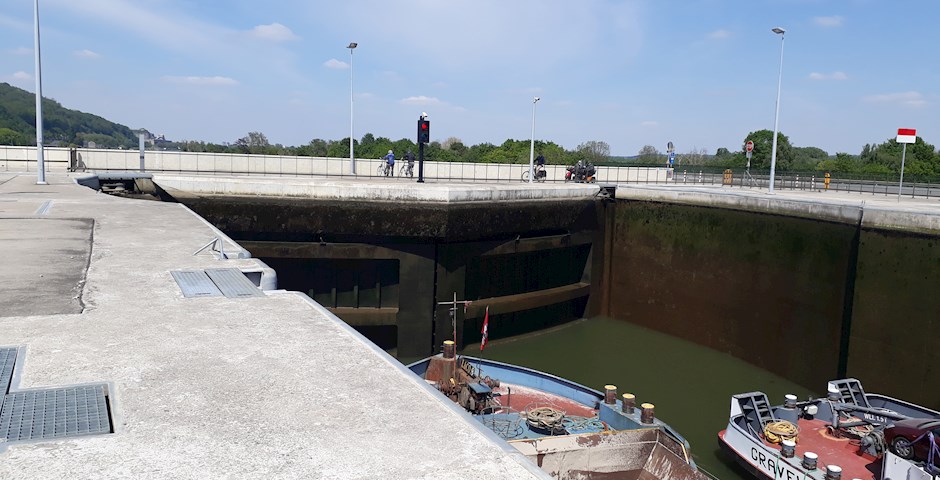
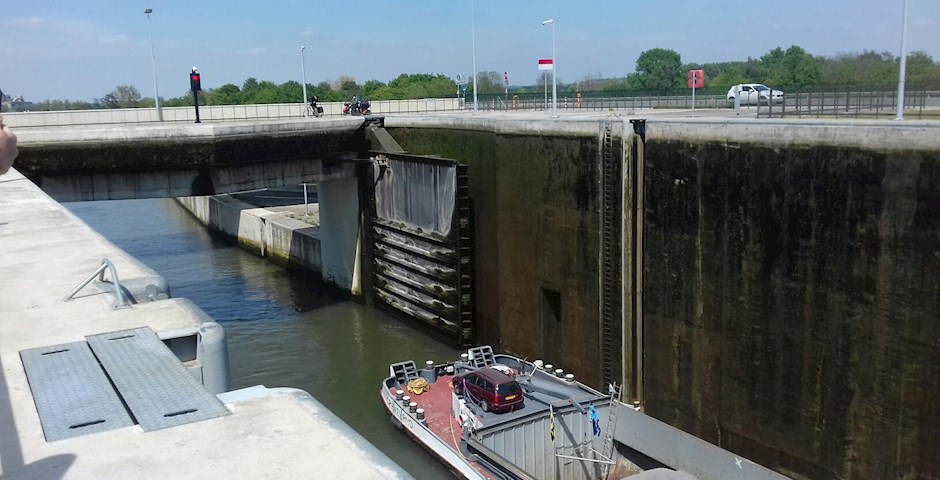
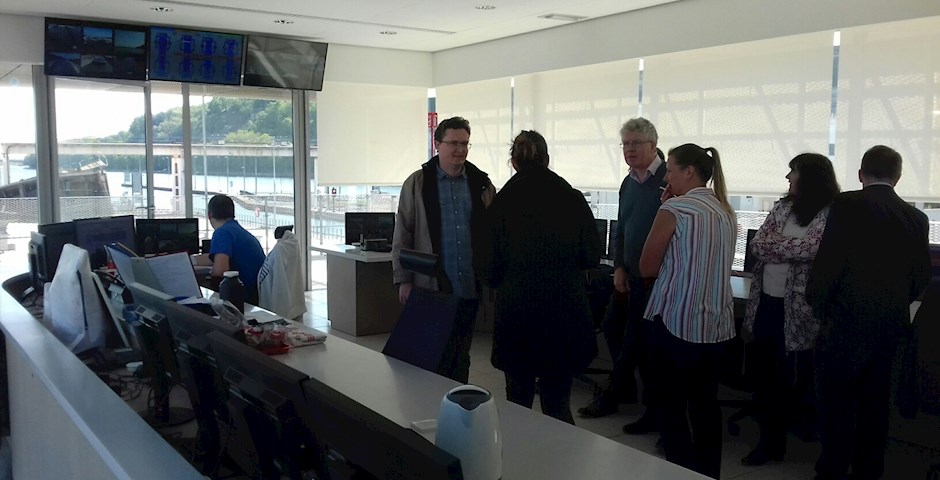
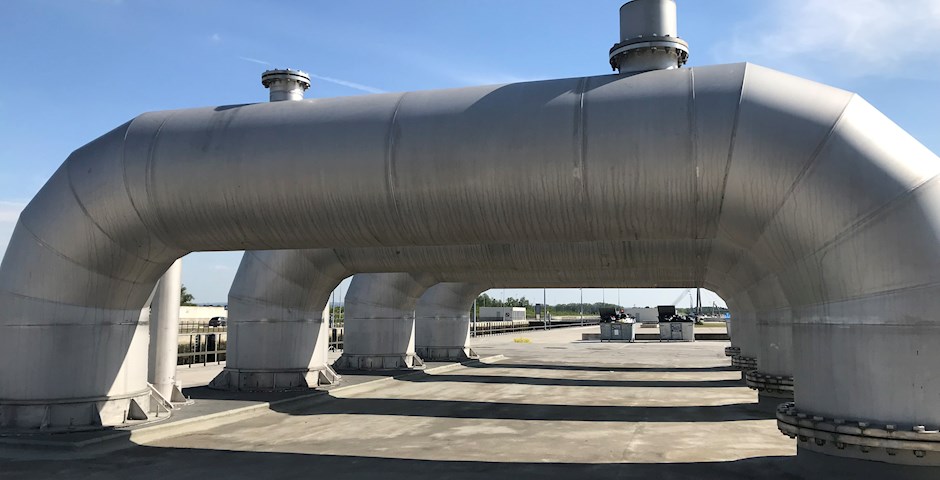
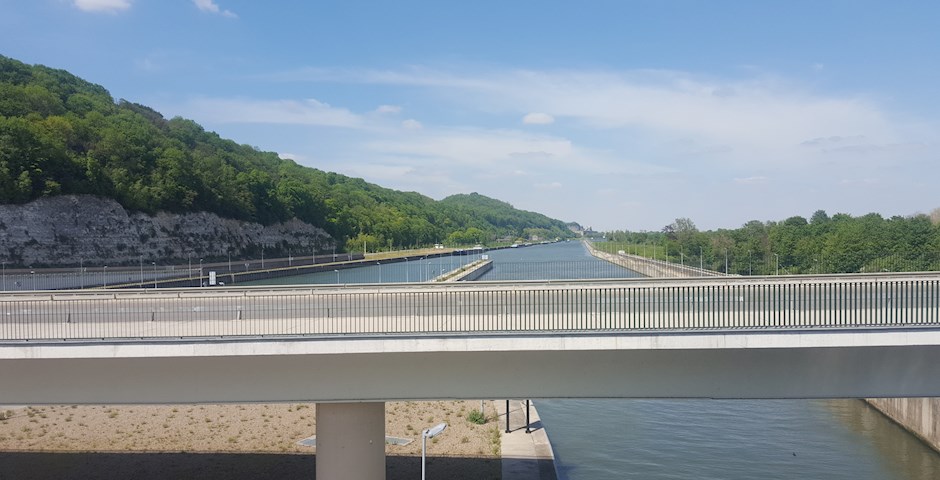
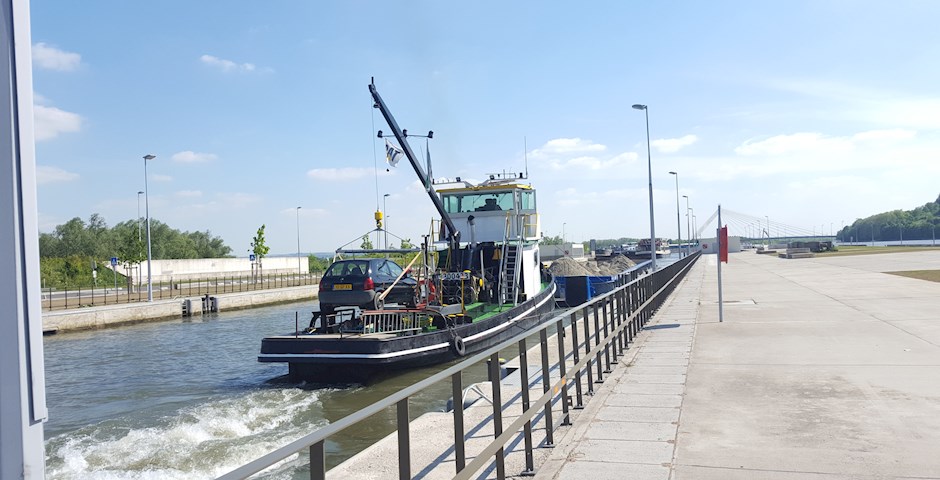
On Day 2, all partners gave updates on all other aspects of the project, such as communication, current practise review, baseline audit and general project management. It was agreed that GreenWIN will be represented at various upcoming 2019 events, such as Smart Rivers.
The next partners meeting was agreed for the second week of October. It will be hosted by Rijkswaterstaat in their office in Utrecht, Netherlands.
